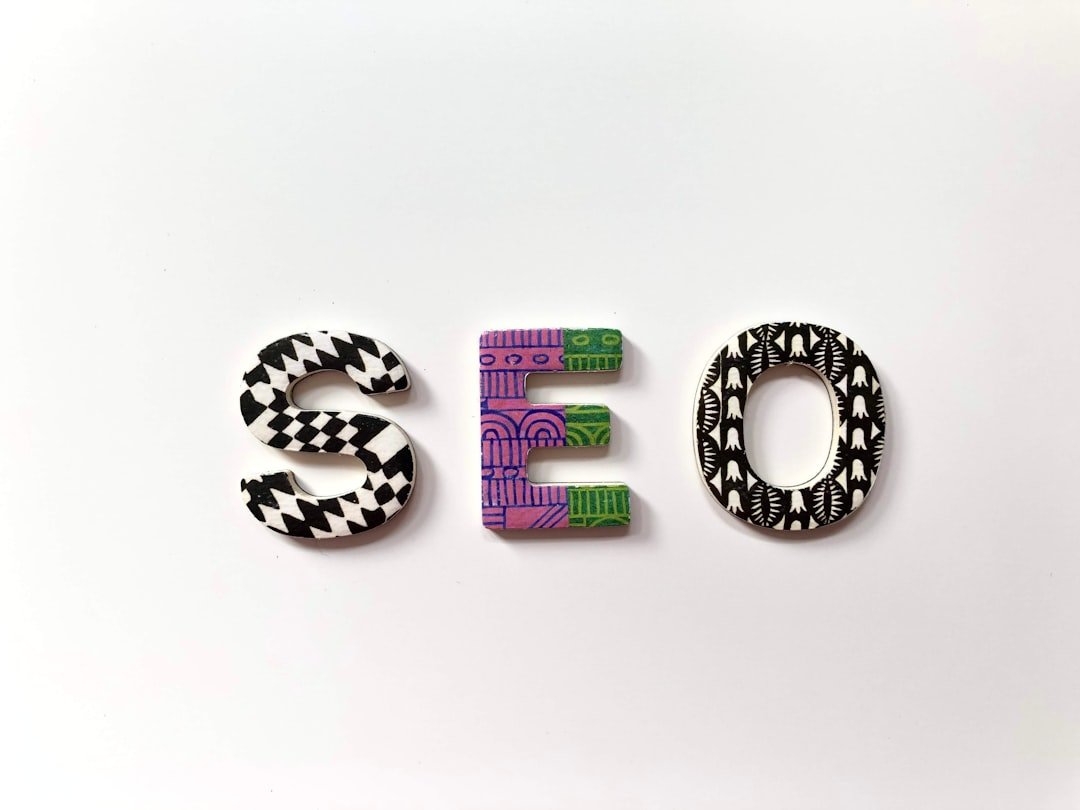
Understanding Breadcrumbs: What They Are and How They Work
Breadcrumbs are a navigational aid that allows users to track their path from the homepage to their current location within a website. This web design feature is named after the fairytale of Hansel and Gretel, where breadcrumbs were used to retrace steps. In the context of online navigation, breadcrumbs play a crucial role in enhancing user experience by providing clear and concise pathways back to previous pages.
There are several types of breadcrumbs, each serving a distinct purpose. Location-based breadcrumbs are the most common type, displaying the hierarchy of the site. They guide users from the home page down to their current page, offering a clear understanding of their current position within the website’s structure. For instance, a user might see a breadcrumb trail like “Home > Category > Subcategory > Product Page,” which illustrates the hierarchy effectively.
Article Topics
Article Category
Article Tags
On-page and content
Another type of breadcrumb is attribute-based. These are often used in e-commerce sites, where users can navigate based on product attributes such as size, color, or brand. This style allows users to adjust their selections without starting over, enhancing usability by offering a quick return to specific sections of the site.
History-based breadcrumbs are also helpful for users. This type reflects the user’s recent activity on the website, showing the most recent pages visited. This feature increases convenience, as users can return to previously viewed content without having to rely on their browsing history.
In summary, breadcrumbs improve navigation by allowing users to backtrack easily, thus enhancing overall site usability. They serve as a visual aid, helping users understand where they are and how to return to previous pages, making them an integral element of effective web design.
The Role of Breadcrumbs in Enhancing User Experience
Breadcrumbs are an essential navigational element that significantly enhances the user experience (UX) on websites. They serve as a secondary navigation system that allows users to keep track of their location within a site hierarchy as they browse. By providing clear pathways back to previously visited pages or categories, breadcrumbs simplify navigation and help users make sense of complex site structures. This is particularly valuable for websites with extensive content, where the risk of users feeling lost is high.
One of the primary advantages of breadcrumbs is their ability to reduce cognitive load. Users are often faced with numerous choices while navigating a website, and decision-making can become overwhelming. Breadcrumbs alleviate this burden by visually guiding users through their journey, offering a straightforward way to retrace their steps or explore related content effortlessly. This intuitive design not only fosters a user-friendly environment, but it also helps maintain users’ interest and encourages extended interaction with the website.
Furthermore, breadcrumbs meet users’ expectations for seamless navigation. Today’s internet users are accustomed to intuitive interfaces that facilitate quick access to information. Satisfying these expectations can lead to increased user satisfaction and engagement. When users easily understand their current position within a website’s hierarchy, they are more likely to explore additional pages and content. Effectively, breadcrumbs bolster users’ sense of orientation, fostering confidence that they can navigate the site without confusion or frustration.
In conclusion, incorporating breadcrumbs into website design presents a myriad of benefits that directly contribute to enhancing user experience. By streamlining navigation, reducing cognitive load, and ensuring users maintain a sense of orientation, breadcrumbs play a pivotal role in satisfying user expectations and increasing overall user satisfaction. Websites that prioritize user experience are likely to observe improved engagement metrics and visitor retention, making breadcrumbs a vital component of effective web design.
SEO Benefits of Implementing Breadcrumbs
Breadcrumbs play a pivotal role in enhancing website navigation, and their impact extends beyond user experience to encompass significant SEO advantages. By providing a clear and organized structure, breadcrumbs allow search engines to better comprehend the hierarchy of content on a webpage. This clear delineation not only aids search engines in indexing pages effectively, but it also signals the relationships between different sections of a site. Consequently, a well-structured website facilitates improved crawlability, making it easier for search engines to index content accurately, which can lead to better ranking potential.
Another key benefit of implementing breadcrumbs is their ability to enhance click-through rates (CTR). Breadcrumbs often appear as a navigational tool that illustrates the path users have taken to reach their current location on the website. When utilized effectively, this feature encourages users to explore more of a website’s content by providing one-click access to higher-level pages. The more intuitive the navigation, the more likely users are to engage with the content and subsequently return to the site. These aspects not only improve the user journey but can also lead to favorable impacts on search engine algorithms that reward sites for retaining visitors and encouraging multi-page interactions.
Furthermore, breadcrumbs can be instrumental in generating rich snippets in search results, which can significantly improve visibility on search engine results pages (SERPs). Rich snippets provide users with additional context about a page’s content before they click through. By displaying breadcrumbs in these snippets, a website can stand out in search results, providing a clearer landscape of the site’s structure. This visibility often leads to increased traffic, as users are more likely to click on results that clearly and accurately represent the content they are seeking. Thus, the thoughtful implementation of breadcrumbs can yield considerable benefits for SEO, user engagement, and overall online presence.
Best Practices for Implementing Breadcrumbs on Your Website
Incorporating breadcrumbs into your website design can significantly enhance user navigation and overall experience. To achieve this effectively, several best practices should be adhered to, ensuring your breadcrumbs serve their intended purpose without causing confusion.
First and foremost, the placement of breadcrumbs is crucial. They should be located prominently, typically just below the header or navigation menu, making them easily visible to users. This strategic positioning fosters a sense of location and context within the site’s hierarchy. Additionally, breadcrumbs should be straightforward and concise, utilizing clear phrasing that reflects the site’s structure. For instance, instead of using generic labels, detail the categories that users have navigated through, such as “Home > Category > Subcategory.”
Consistency in design is another essential aspect. Ensure that the breadcrumb trail maintains a uniform style with the rest of your website. This consistency not only contributes to aesthetics but also reinforces usability. Utilize a consistent color scheme, font, and spacing, making the breadcrumbs visually harmonious with other elements on the page.
Responsive design is imperative in today’s digital landscape. Ensure that your breadcrumbs are adaptable across all devices, including mobile and tablet formats. Responsive breadcrumbs enhance accessibility, allowing users to navigate seamlessly regardless of the device used.
Last Reminders Of Breadcrumbs
Avoid common pitfalls such as overly complex breadcrumb trails that may overwhelm users or breadcrumb structures that do not reflect the website’s current hierarchy. Furthermore, conducting user testing to gather feedback can provide invaluable insights, helping refine the breadcrumb’s functionality and effectiveness. Engaging with real users will allow for adjustments that ensure the breadcrumbs meet user needs effectively, ultimately leading to improved navigation and user satisfaction.
Thanks for reading and happy navigating! 👍
Related Articles
Stay Updated With ALL New SEO Strategies
Subscribe Below, and become informed when new articles arrive.









Leave a Reply